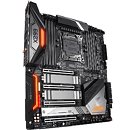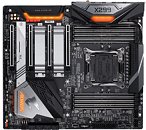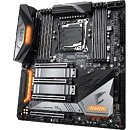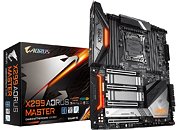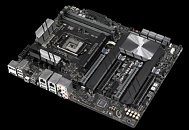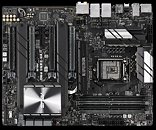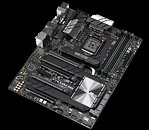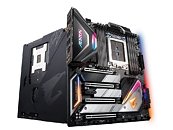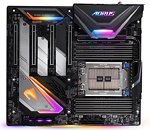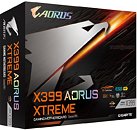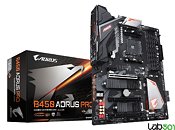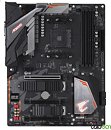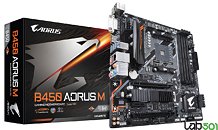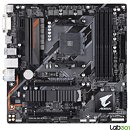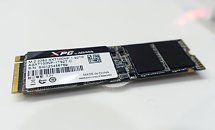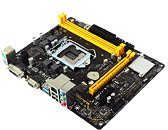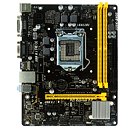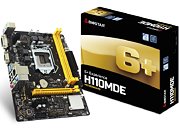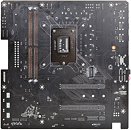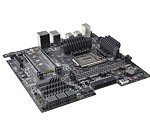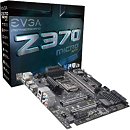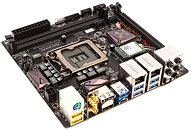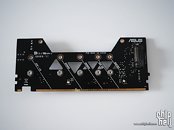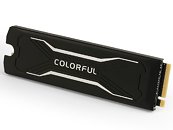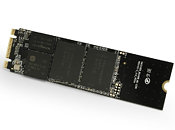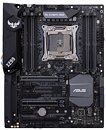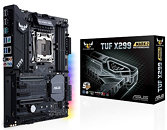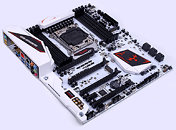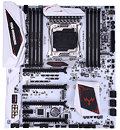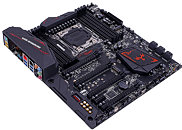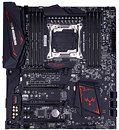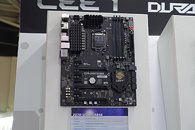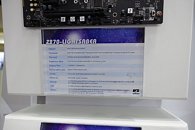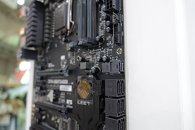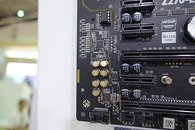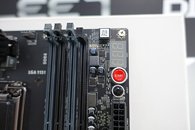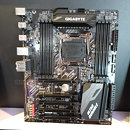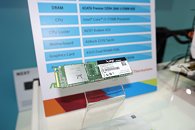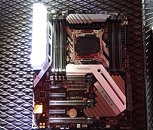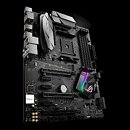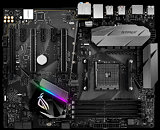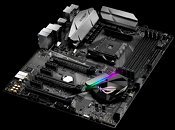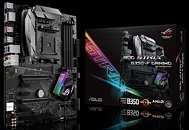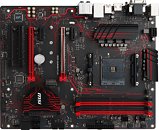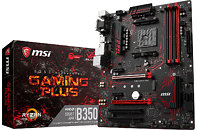
GIGABYTE Intros X299 Aorus Master Motherboard
GIGABYTE today announced its almost-flagship socket LGA2066 motherboard, the X299 Aorus Master. The Master brand-extension, if you'll recall, is positioned just a notch below the flagship Aorus Xtreme, which makes this board a successor to the X299 Aorus Gaming 7. The X299 Aorus Gaming 9 and Designare-EX remain the company's flagship LGA2066 products, until they're succeeded by a new Aorus Xtreme product. There's still plenty to go around with the new X299 Aorus Master, beginning with its updated design scheme that's in sync with the company's latest Z390 motherboard lineup. It ships with out-of-the-box support for Core X 9000-series processors. The board is wider than ATX, although not quite E-ATX. It draws power from a combination of 24-pin ATX, two 8-pin EPS, and an optional 6-pin PCIe power. A 12-phase VRM powers the CPU, cooled by a 2-stage heatsink. Expansion slots include four PCI-Express 3.0 x16 (x16/NC/x16/NC or x16/NC/x8/x8 or x8/x8/x8/x8). The DIMM and PCIe slots feature metal reinforcement.
Storage connectivity on the GIGABYTE X299 Aorus Master includes three M.2 slots with PCI-Express 3.0 x4 wiring, each with heatsinks; and eight SATA 6 Gbps ports. Networking includes a 2.5 GbE wired interface driven by Realtek Dragon 8125AG controller, a 1 GbE driven by Intel i219-V controller, and 802.11 ac + Bluetooth 5 interface driven by Intel 9260 WLAN card. USB connectivity includes four USB 3.1 gen 2 ports (two on the rear panel including a type-C, two by header), driven by a combination of ASMedia ASM1142 controller and the X299 PCH. The onboard audio solution is quite something. An ESS Sabre 9218 DAC (130 dBA SNR!) drives the main front + headphones channel with Ti Burr Brown OPA2111KP OPAMPs and WIMA capacitors; while a 120 dBA SNR Realtek ALC1220VB pulls the remaining channels. Manually-switchable dual-BIOS, 7-segment POST code readout, USB flash-back, and a boatload of other overclocker-friendly features complete the board. Expect it to be priced around USD $399.
Storage connectivity on the GIGABYTE X299 Aorus Master includes three M.2 slots with PCI-Express 3.0 x4 wiring, each with heatsinks; and eight SATA 6 Gbps ports. Networking includes a 2.5 GbE wired interface driven by Realtek Dragon 8125AG controller, a 1 GbE driven by Intel i219-V controller, and 802.11 ac + Bluetooth 5 interface driven by Intel 9260 WLAN card. USB connectivity includes four USB 3.1 gen 2 ports (two on the rear panel including a type-C, two by header), driven by a combination of ASMedia ASM1142 controller and the X299 PCH. The onboard audio solution is quite something. An ESS Sabre 9218 DAC (130 dBA SNR!) drives the main front + headphones channel with Ti Burr Brown OPA2111KP OPAMPs and WIMA capacitors; while a 120 dBA SNR Realtek ALC1220VB pulls the remaining channels. Manually-switchable dual-BIOS, 7-segment POST code readout, USB flash-back, and a boatload of other overclocker-friendly features complete the board. Expect it to be priced around USD $399.
